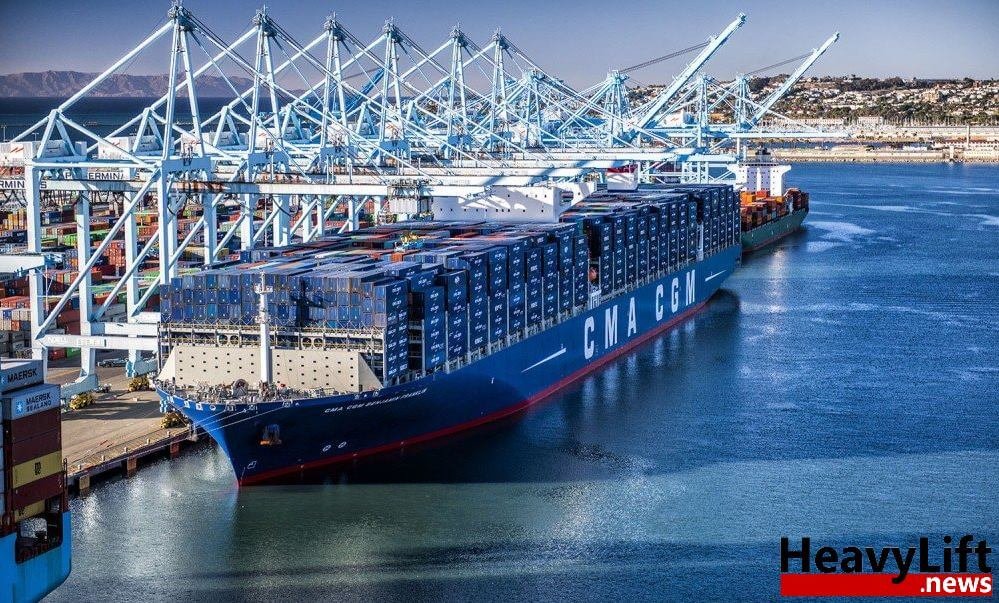
Over the past few years, we’ve seen container vessels increase in size as carriers compete to build large ships to accommodate more cargo. The benefits are clear: larger vessels contribute to profitability as carriers can drive down their operational costs per container moved. But do the pros outweigh the cons?
The number of ports unequipped to handle these mega ships currently outnumber those that can, which limits the number of ports carriers can call at.
Right now, the larger vessels dominate the Asia-Europe route given that these lanes have ports that are better equipped to handle them.
This is completely different for the US east coast since these ships can’t go through the Panama Canal and most US ports simply cannot handle these mega-vessels. There have been 18,000TEU vessels calling at New York and Los Angeles, but most other ports are just not ready.
From the shipper’s point of view, none of this is important as it ultimately comes down to price and service.
Whether their cargo is moved on an 8,000- or 14,000- or 22,000-TEU vessel won’t matter. All shippers care about is the routing.

So more often than not, these large vessels may not provide the best option as their cargo would require a transshipment – which means higher risks of delays and problems and not to mention a longer journey.
As technology advances, we’ll continue to see larger and more efficient vessels being built. The challenge will be whether the ports’ infrastructures can keep up.
Port authorities have to be very forward thinking and plan well in advance. Keep in mind that before construction can even begin, there’s a long process of scouting, planning and obtaining permits and funding, which could easily take years to secure.
So if a given port is not already ready for that type of vessel or very far along in their planning, chances are they will not be ready by the time these vessels are launched.
If they’re not careful, they will stand to lose out as in the meantime, carriers continue to plan solely for services and ports that are ready for these vessels.
Klaus Lysdal | www.porttechnology.org

